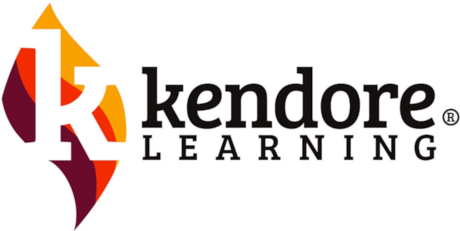It is a common misconception that the term “Orton-Gillingham” refers to one specific reading curriculum. Orton-Gillingham is an approach that provides a framework for effective reading instruction.
History of the Orton-Gillingham Approach
The Orton-Gillingham approach was developed in the early to mid 1900’s by brain researcher Samuel Torrey Orton and educator Anna Gillingham. Orton pioneered learning disability research and studied the brains of people who struggled to read. He introduced the concept of multisensory instruction. Gillingham developed a framework for teaching reading based upon an understanding of sounds, word patterns, spelling rules and syllable types. Her instruction incorporated Orton’s multisensory approach.
Orton-Gillingham Criteria
To follow the Orton-Gillingham approach, reading instruction must meet specific criteria:
- Phonics-based
- Multisensory (visual, auditory tactile and kinesthetic)
- Structured
- Sequential
- Cumulative
- Cognitive
- Flexible
This criteria also aligns with a Structured Literacy approach, which is rooted in the Science of Reading (SoR) body of research.
Kendore Learning is a Structured Literacy curriculum
When a parent requests Orton-Gillingham or Structured Literacy reading and spelling instruction, Kendore Learning teachers can confidently reply:

